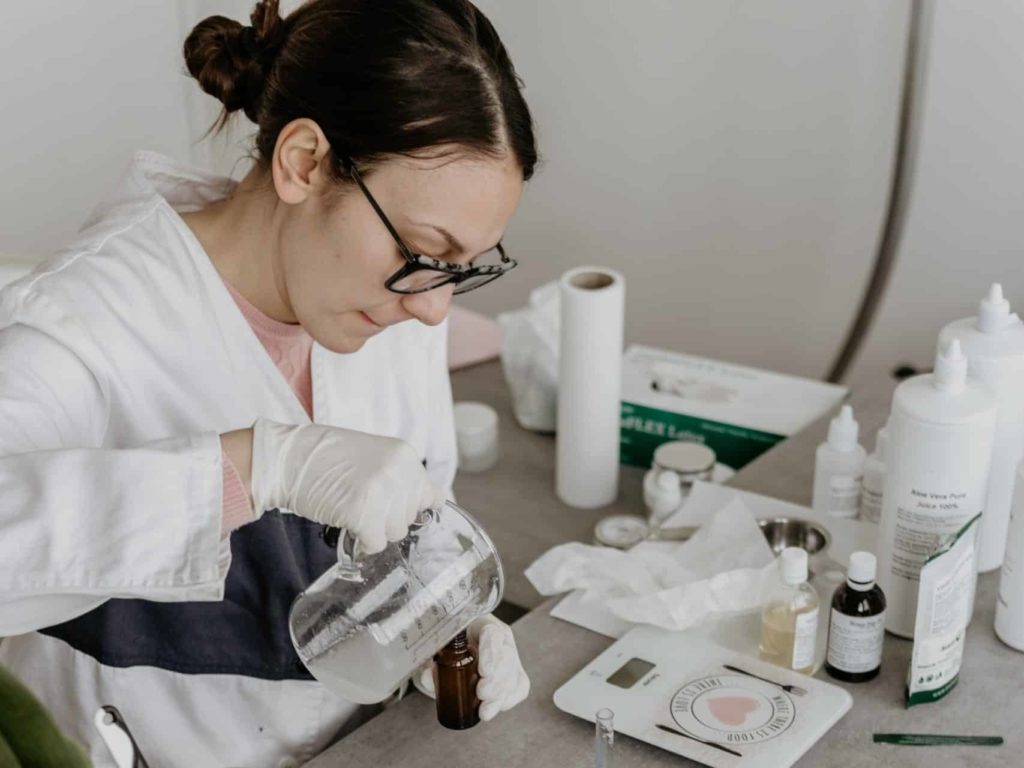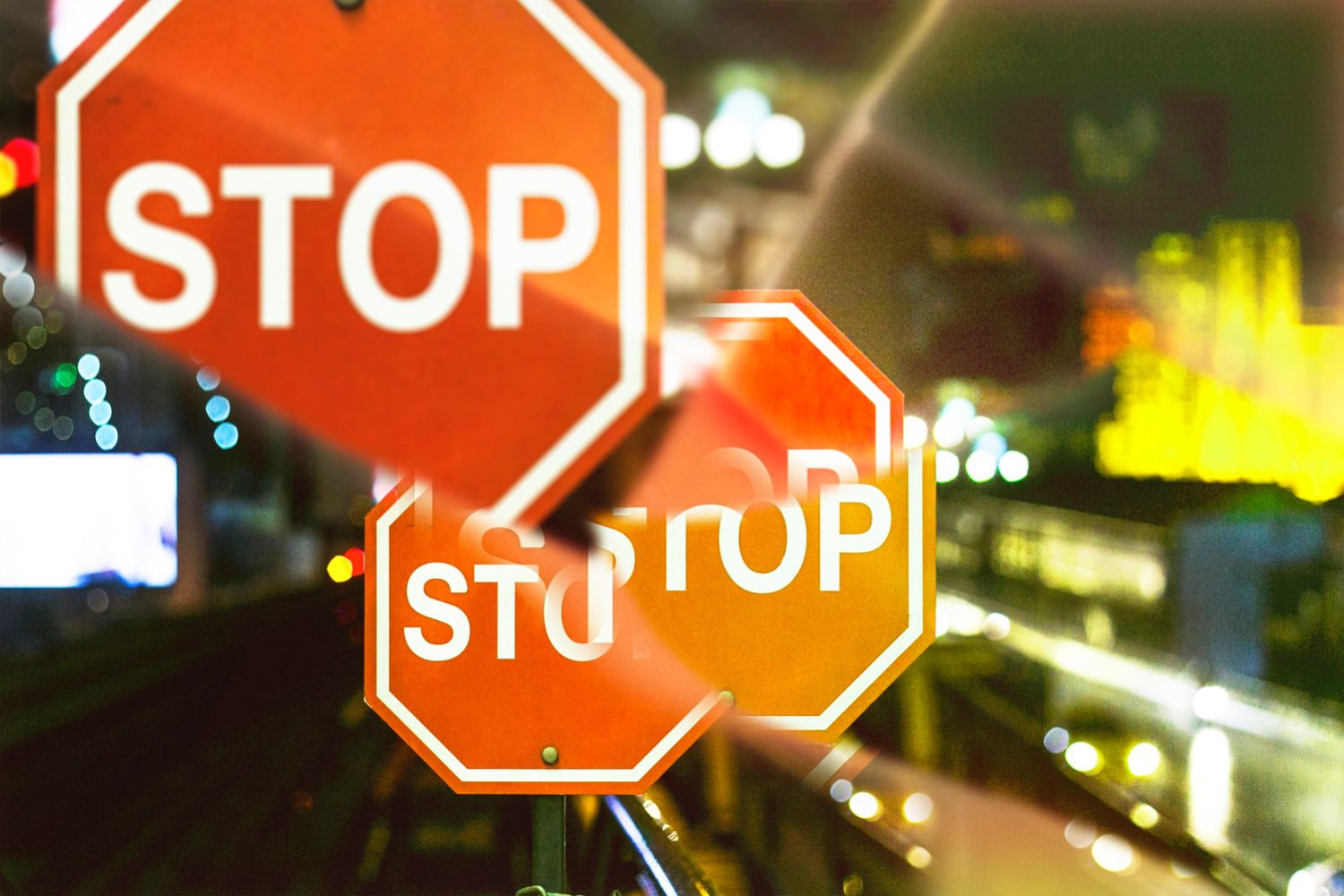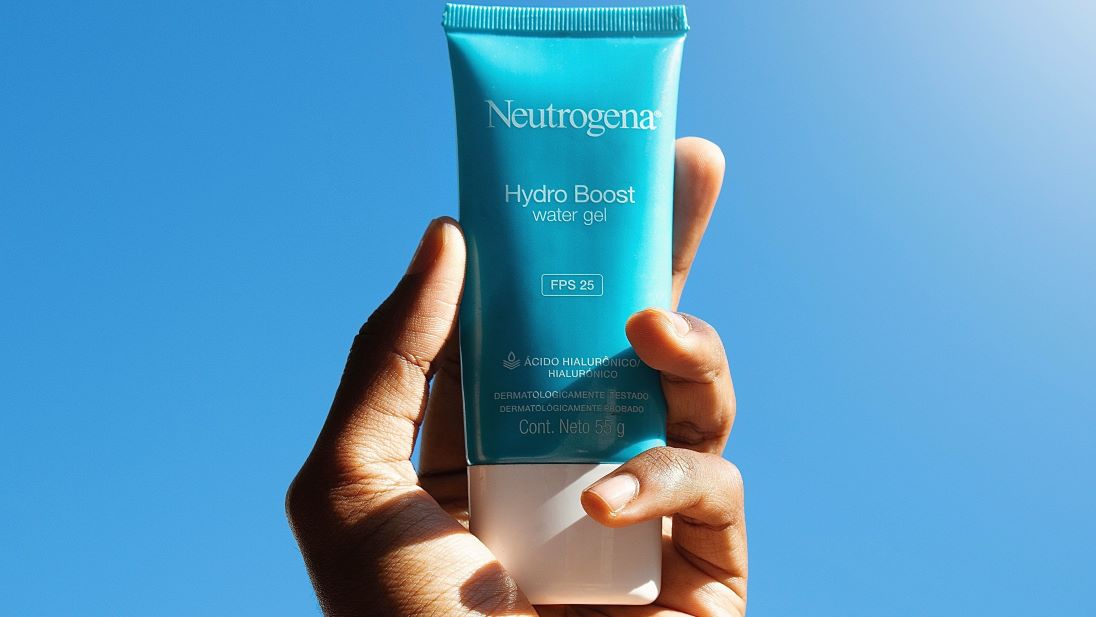The European Union is known for having some of the strictest and most protective cosmetic regulations in the world. Cosmetic ingredients are governed by law, and those with questionable safety are meticulously assessed by the Scientific Committee on Consumer Safety (SCCS) at the European Commission. Information on substances is regularly updated, taking into account new data from advancements in toxicological studies. The SCCS Committee’s evaluations serve as the basis for restrictions on substance use cosmetic ingredients ban.
Why did the European Commission implement a new cosmetic ingredients ban?
The European Commission recently expanded its list of prohibited chemicals in cosmetics that are carcinogenic, mutagenic, or toxic for reproduction (CMR). This decision followed an opinion published by the Scientific Committee on Consumer Safety (SCCS) and input from other stakeholders.
When will the cosmetic ingredients ban come into effect?
As of March 1st, 2022, the ban on certain ingredients in cosmetics by the European Commission came into full effect. The decision to ban certain substances in cosmetic products was made after a comprehensive review of their safety.
What are the banned ingredients in cosmetics by the European Commission?
Below, you can find more information about several ingredients that have been recently banned in cosmetics.

1. Butylphenyl Methylpropional (Lilial) – Banned from March 1, 2022
Butylphenyl Methylpropional, also known as Lilial, is a fragrance ingredient used in various cosmetic and non-cosmetic products. It is currently included in Annex III of the EU Cosmetics Regulation, and must be listed as an ingredient when its concentration exceeds 0.001% in leave-on products and 0.1% in rinse-off products.
In May 2020, the European Commission published Commission Delegated Regulation No. 2020/1182, amending the CLP Regulation (EC) No. 1272/2008, which addresses the classification, labelling, and packaging of substances and mixtures. As a result, Butylphenyl Methylpropional is now classified as Repr. 1B (toxic to reproduction – CMR 1B), effective from March 1, 2022.
Under EU Regulation 1223/2009, the use of substances classified as CMR under the CLP Regulation is prohibited. Consequently, the European Commission published the Omnibus Act IV – Regulation (EU) 2021/1902 on November 3, 2021, aiming to include recently classified CMR substances in Annex II of the European Cosmetic Regulation.
As specified in Regulation (EU) 2021/1902, Butylphenyl Methylpropional (Lilial) is banned in cosmetic products. The ban, which took effect on March 1, 2022, applies not only to new products but also to cosmetics already on EU market shelves that need to be withdrawn.
Despite alarming internet posts about Lilial (Butylphenyl Methylpropional), there is no need to panic. With each ingredient ban, sensationalist news often demonizes the ingredient in question. However, current legislation already ensures a high level of consumer safety. The complex nature of toxicology makes it difficult for the general public to understand the nuances of toxicity levels.
The European Commission’s decision to regulate or ban an ingredient is based on a comprehensive process involving multiple institutions assessing the safety of a substance. In cases of uncertainty or insufficient data, the most restrictive decision is made, which can sometimes result in the banning of substances that are not genuinely harmful.
The ultimate goal is to protect consumers, which is why Europe is considered the world’s safest market for consumers, and regulators from other regions often draw inspiration from it.
Whether a hazardous substance poses a real health risk is determined through risk assessment, a process with at least 50 years of development in modern toxicology. During this process, a substance classified as carcinogenic, mutagenic, or toxic to reproduction may be deemed safe in certain applications because the dose, amount, and method of application determine whether a substance is toxic.
Risk assessment for Lilial (Butylphenyl Methylpropional), or the development of a safety assessment dossier, would require animal testing, which is prohibited in the cosmetics industry. Since these tests are not allowed, it is impossible to prove the safety of the substance, which explains why the Commission had to impose a ban due to the unavailability of safety data.
2. Zinc Pyrithione – Banned from March 1, 2022
Zinc Pyrithione is an aromatic zinc compound commonly used as an anti-dandruff, anti-seborrheic, hair conditioning agent, and preservative in cosmetics and personal care products. It enhances hair appearance and texture by increasing hair body, suppleness, or sheen and improving the texture of hair damaged by physical or chemical treatments. Zinc Pyrithione also helps control dandruff, seborrheic dermatitis, and psoriasis.
For over 60 years, this compound has been used as an anti-dandruff agent and was previously listed in Annexes III and V of the EU Cosmetics Regulation. It was permitted for use in:
- Leave-on hair products at a maximum concentration of 0.1% when not used as a preservative (Annex III)
- Rinse-off hair products at a maximum concentration of 1.0% when used as a preservative
- Rinse-off other products at a maximum concentration of 0.5% when used as a preservative
In May 2020, the European Commission published Commission Delegated Regulation No. 2020/1182, amending the CLP Regulation (EC) No. 1272/2008, which pertains to the classification, labelling, and packaging of substances and mixtures. In accordance with this amendment, Zinc Pyrithione is now classified as CMR Repr. 1B (Toxic for Reproduction). On April 11, 2019, a request was submitted to continue using it as an anti-dandruff agent in rinse-off hair products at a maximum concentration of 1% as an exception.
Article 15.2 of the EU Cosmetic Regulation states that CMR 1B substances may be exceptionally permitted in cosmetic products if they:
- Comply with food safety requirements defined in Regulation (EC) No 178/2002
- Have no suitable alternative substances available, as documented in an analysis of alternatives
- Are applied for a specific use within a product category with known exposure
- Have been evaluated and deemed safe by the SCCS for use in cosmetic products, particularly considering exposure to these products and overall exposure from other sources, while taking into account vulnerable population groups.
CMR substances of category 1A or 1B may be used in cosmetic products on an exceptional basis when all conditions are met, including the absence of suitable alternative substances as documented in an analysis of alternatives. However, it has not been established that there are no suitable alternative substances available for anti-dandruff ingredients in rinse-off hair products.
Therefore, on November 3, 2021, the European Commission published the Omnibus Act IV – Regulation (EU) 2021/1902, aiming to include recently classified CMR substances in Annex II of the European Cosmetic Regulation.
As specified in Regulation (EU) 2021/1902, Zinc Pyrithione is prohibited in cosmetic products. The ban, which took effect on March 1, 2022, applies not only to new products but also to cosmetics already on EU market shelves that need to be withdrawn.

3. Other Substances – Banned from March 1, 2022
In addition to Lilial and Zinc Pyrithione, Omnibus IV has established that the following substances should be added to Annex II of the EU Cosmetics Regulation:
- Silicon carbide fibres (with diameter < 3 μm, length > 5 μm and aspect ratio ≥ 3:1);
- Tris(2-methoxyethoxy) vinylsilane; 6-(2-methoxyethoxy)- 6-vinyl-2,5,7,10-tetraoxa-6-silaundecane;
- Dioctyltin dilaurate and stannane, dioctyl-, bis (coco acyloxy) derivs;
- Dibenzo[def,p]chrysene; dibenzo[a,l]pyrene;
- Ipconazole;
- Bis(2-(2-methoxyethoxy)ethyl)ether; tetraglyme;
- Paclobutrazol;
- 2,2-bis(bromomethyl) propane-1,3-diol;
- Diisooctyl phthalate;
- 2-methoxyethyl acrylate;
- Sodium N-(hydroxymethyl)glycinate; [formaldehyde released from sodium N-(hydroxymethyl)glycinate];
- Flurochloridone;
- 3-(difluoromethyl)-1- methyl-N-(3′,4′,5′-trifluorobiphenyl-2-yl) pyrazole-4-carboxamide; fluxapyroxad;
- N-(hydroxymethyl)acrylamide; methylolacrylamide;
- 5-fluoro-1,3-dimethyl-N-[2-(4- methylpentan-2-yl) phenyl]-1H-pyrazole- 4-carboxamide; 2′- [(RS)-1,3-dimethylbutyl]-5-fluoro-1,3-dimethylpyrazole-4-carboxanilide; penflufen;
- Iprovalicarb;
- Dichlorodioctylstannane;
- Mesotrione;
- Hymexazol;
- Imiprothrin;
- Bis(α,α-dimethylbenzyl) peroxide.
4. Methyl-N-Methylanthranilate (M-N-MA) – Banned in Sunscreen Products and Products Marketed for Exposure to Natural or Artificial UV Light from November 21, 2022
Methyl-N-methylanthranilate (M-N-MA) is a methyl ester formed by the condensation of the carboxyl group of N-methylanthranilic acid with methanol. In cosmetics, it serves as a fragrance component, used in pure fragrance compositions, shampoos, soaps, and various other cosmetic products. Until now, M-N-MA has not been subject to any prohibitions or usage restrictions under Regulation (EC) No. 1223/2009.
On February 1, 2022, the Official Journal of the European Union published Commission Regulation (EU) 2022/135 of January 31, 2022, amending Regulation (EC) 1223/2009 of the European Parliament and Council regarding the use of Methyl-N-methylanthranilate in cosmetic products.
Methyl-N-methylanthranilate has been included in Annex III – List of substances that cosmetic products must not contain except subject to the restrictions laid down.
According to Commission Regulation (EU) 2022/135, Methyl-N-methylanthranilate can only be used in:
- Leave-on products, at a maximum concentration in ready-for-use preparations of 0.1%
- Rinse-off products, at a maximum concentration in ready-for-use preparations of 0.2%
Additionally, Methyl-N-methylanthranilate is banned for use in sunscreen products and products marketed for exposure to natural or artificial UV light.
Other conditions for using Methyl-N-methylanthranilate in leave-on and rinse-off products are as follows:
- Do not use with nitrosating agents
- Maximum nitrosamine content: 50 μg/kg
- Store in nitrite-free containers.
The following transition periods has been concluded:
- From August 21, 2022, cosmetic products containing this substance and not complying with the restrictions shall not be placed on the Union market.
- From November 21, 2022, cosmetic products containing this substance and not complying with the restrictions shall not be made available on the Union market.



